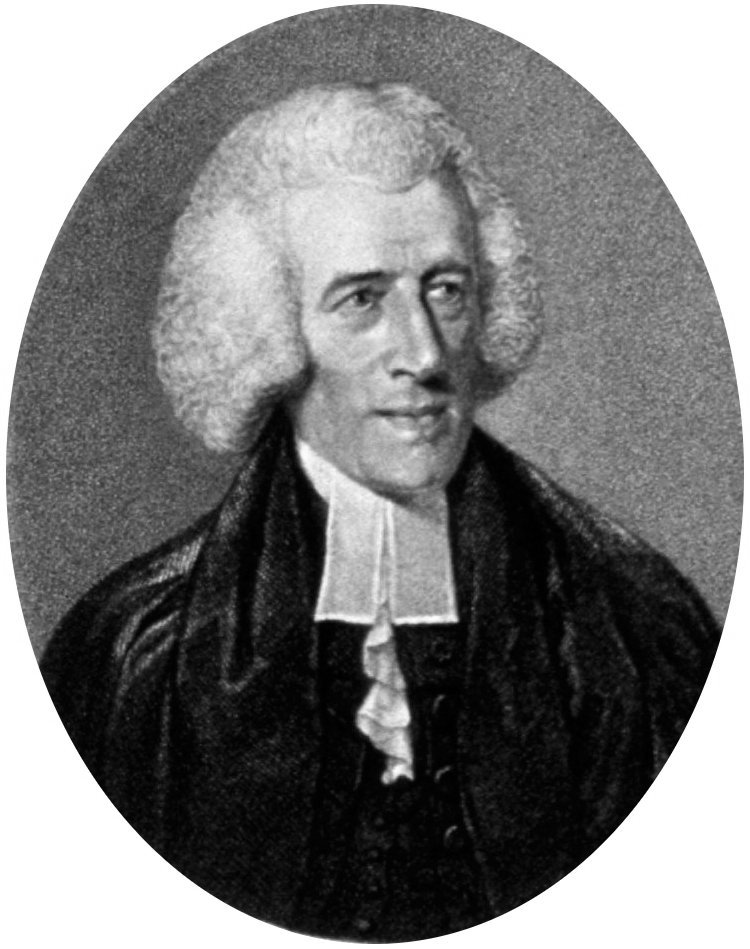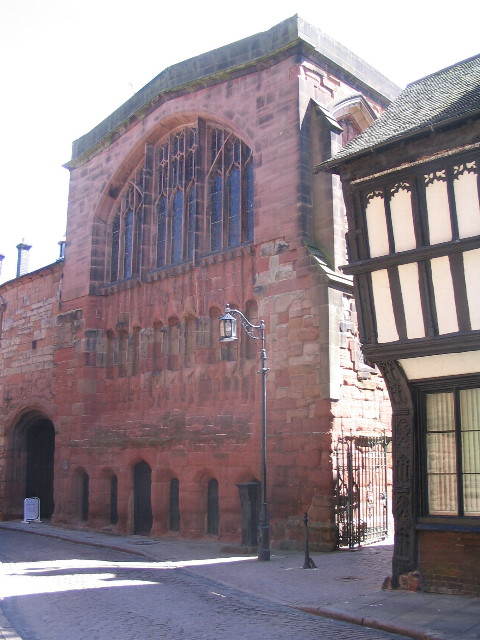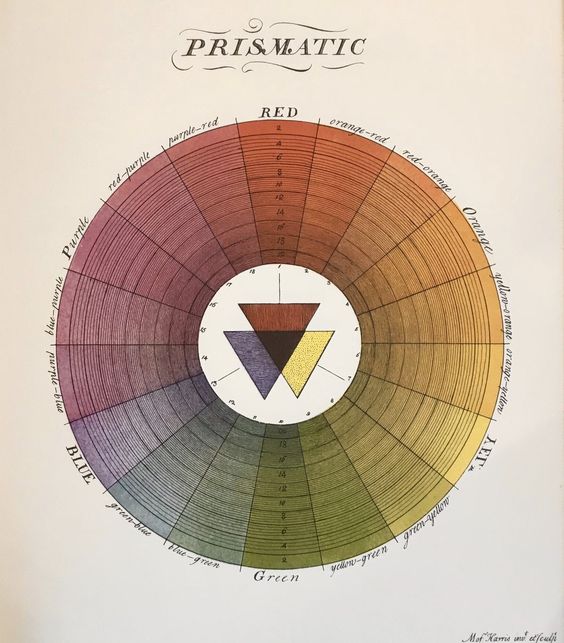|
Thomas Martyn (zoologist)
Thomas Martyn (probably 1760 – 1816) was an English zoologist, conchologist and entomologist. He should not be confused with the botanist of the same name. Life Little is known about Thomas Martyn's life and nothing about his parents, his wife and his children. It is believed that he was born in 1760 in Coventry. Later he lived at several addresses in London. At 10 Great Marlborough Street, Westminster he established an academy for the painting of Natural History. Besides English, Martyn spoke French and Latin. Works In 1784, Martyn started his major work, ''The Universal Conchologist'', which he completed and published in London in 1784, dedicating it to the King. His publications included: * ''Hints of important Uses to be derived from Aerostatic Globes. With a Print of an Aerostatic Globe … originally designed in 1783'', 1784. * ''The Universal Conchologist, exhibiting the figure of every known Shell'', with second title ''Figures of non-descript Shells collected in t ... [...More Info...] [...Related Items...] OR: [Wikipedia] [Google] [Baidu] |
Zoologist
Zoology ()The pronunciation of zoology as is usually regarded as nonstandard, though it is not uncommon. is the branch of biology that studies the Animal, animal kingdom, including the anatomy, structure, embryology, evolution, Biological classification, classification, Ethology, habits, and distribution of all animals, both living and extinction, extinct, and how they interact with their ecosystems. The term is derived from Ancient Greek , ('animal'), and , ('knowledge', 'study'). Although humans have always been interested in the natural history of the animals they saw around them, and made use of this knowledge to domesticate certain species, the formal study of zoology can be said to have originated with Aristotle. He viewed animals as living organisms, studied their structure and development, and considered their adaptations to their surroundings and the function of their parts. The Greek physician Galen studied human anatomy and was one of the greatest surgeons of the a ... [...More Info...] [...Related Items...] OR: [Wikipedia] [Google] [Baidu] |
Conchologist
Conchology () is the study of mollusc shells. Conchology is one aspect of malacology, the study of molluscs; however, malacology is the study of molluscs as whole organisms, whereas conchology is confined to the study of their shells. It includes the study of land and freshwater mollusc shells as well as seashells and extends to the study of a gastropod's operculum. Conchology is now sometimes seen as an archaic study, because relying on only one aspect of an organism's morphology can be misleading. However, a shell often gives at least some insight into molluscan taxonomy, and historically the shell was often the only part of exotic species that was available for study. Even in current museum collections it is common for the dry material (shells) to greatly exceed the amount of material that is preserved whole in alcohol. Conchologists mainly deal with four molluscan orders: the gastropods (snails), bivalves (clams), Polyplacophora (chitons) and Scaphopoda (tusk shells). Ce ... [...More Info...] [...Related Items...] OR: [Wikipedia] [Google] [Baidu] |
Entomologist
Entomology () is the scientific study of insects, a branch of zoology. In the past the term "insect" was less specific, and historically the definition of entomology would also include the study of animals in other arthropod groups, such as arachnids, myriapods, and crustaceans. This wider meaning may still be encountered in informal use. Like several of the other fields that are categorized within zoology, entomology is a taxon-based category; any form of scientific study in which there is a focus on insect-related inquiries is, by definition, entomology. Entomology therefore overlaps with a cross-section of topics as diverse as molecular genetics, behavior, neuroscience, biomechanics, biochemistry, systematics, physiology, developmental biology, ecology, morphology, and paleontology. Over 1.3 million insect species have been described, more than two-thirds of all known species. Some insect species date back to around 400 million years ago. They have many kinds of intera ... [...More Info...] [...Related Items...] OR: [Wikipedia] [Google] [Baidu] |
Thomas Martyn
Thomas Martyn (23 September 1735 – 3 June 1825) was an English botanist and Professor of Botany at Cambridge University. He is sometimes confused with the conchologist and entomologist of the same name. Life Thomas Martyn was the son of the botanist John Martyn (1699–1768). He was educated in Chelsea and at Emmanuel College, Cambridge, graduating BA in 1756 and becoming a fellow of Sidney Sussex College and being ordained deacon in 1758. In 1759 he became MA and priest. In 1762 he succeeded his father as Professor of Botany at the University, and held the post until his death in 1825, though he only lectured until 1796 'as the subject was not popular'. Thomas Martyn's professorship at Cambridge lasted for 63 years, while his father had held the same post for 29 years. Thomas Martyn was elected a Fellow of the Royal Society in 1786. Works Two of Martyn's major works are ''Plantæ Cantabrigiensis'' (1763) and ''Flora Rustica'', 4 vols. (1792–1794). He translated the '' L ... [...More Info...] [...Related Items...] OR: [Wikipedia] [Google] [Baidu] |
Coventry
Coventry ( or ) is a City status in the United Kingdom, city in the West Midlands (county), West Midlands, England. It is on the River Sherbourne. Coventry has been a large settlement for centuries, although it was not founded and given its city status until the Middle Ages. The city is governed by Coventry City Council. Historic counties of England, Formerly part of Warwickshire until 1451, Coventry had a population of 345,328 at the 2021 census, making it the tenth largest city in England and the 12th largest in the United Kingdom. It is the second largest city in the West Midlands (region), West Midlands region, after Birmingham, from which it is separated by an area of Green belt (United Kingdom), green belt known as the Meriden Gap, and the third largest in the wider Midlands after Birmingham and Leicester. The city is part of a larger conurbation known as the Coventry and Bedworth Urban Area, which in 2021 had a population of 389,603. Coventry is east-south-east of ... [...More Info...] [...Related Items...] OR: [Wikipedia] [Google] [Baidu] |
London
London is the capital and largest city of England and the United Kingdom, with a population of just under 9 million. It stands on the River Thames in south-east England at the head of a estuary down to the North Sea, and has been a major settlement for two millennia. The City of London, its ancient core and financial centre, was founded by the Romans as '' Londinium'' and retains its medieval boundaries.See also: Independent city § National capitals The City of Westminster, to the west of the City of London, has for centuries hosted the national government and parliament. Since the 19th century, the name "London" has also referred to the metropolis around this core, historically split between the counties of Middlesex, Essex, Surrey, Kent, and Hertfordshire, which largely comprises Greater London, governed by the Greater London Authority.The Greater London Authority consists of the Mayor of London and the London Assembly. The London Mayor is distinguished fr ... [...More Info...] [...Related Items...] OR: [Wikipedia] [Google] [Baidu] |
Westminster
Westminster is an area of Central London, part of the wider City of Westminster. The area, which extends from the River Thames to Oxford Street, has many visitor attractions and historic landmarks, including the Palace of Westminster, Buckingham Palace, Westminster Abbey, Westminster Cathedral and much of the West End shopping and entertainment district. The name ( ang, Westmynstre) originated from the informal description of the abbey church and royal peculiar of St Peter's (Westminster Abbey), west of the City of London (until the English Reformation there was also an Eastminster, near the Tower of London, in the East End of London). The abbey's origins date from between the 7th and 10th centuries, but it rose to national prominence when rebuilt by Edward the Confessor in the 11th. Westminster has been the home of England's government since about 1200, and from 1707 the Government of the United Kingdom. In 1539, it became a city. Westminster is often used as a m ... [...More Info...] [...Related Items...] OR: [Wikipedia] [Google] [Baidu] |
Eleazar Albin
Eleazar Albin ( fl. 1690 – c. 1742)Michael A. Salmon, Peter Marren, Basil Harley. ''The Aurelian Legacy'' (University of California Press, 2000) pp. 109-110. was an English naturalist and watercolourist illustrator who wrote and illustrated a number of books including ''A Natural History of English Insects'' (1720), ''A Natural History of Birds'' (1731–38) and ''A Natural History of Spiders and other Curious Insects'' (1736). He has been described as one of the "great entomological book illustrators of the 18th century". Biography Nothing is known of Albin's early life, though he may have been German-born; he claimed to have been in Jamaica in 1701. In 1708 he is known to have been married and living in Piccadilly, London. According to autobiographical details in ''A Natural History of English Insects'', Albin taught watercolour painting before being instructed in natural history by silk weaver and naturalist Joseph Dandridge. ''A Natural History of Birds'' has coloure ... [...More Info...] [...Related Items...] OR: [Wikipedia] [Google] [Baidu] |
Moses Harris
Moses Harris (15 April 1730 – 1787) was an English entomologist and engraver. Life and work Harris was encouraged in entomology from a young age by his uncle, a member of the Society of the Aurelians. In 1762 he became secretary of a second Society of Aurelians. He was a skilled artist, displaying some of his insect drawings at the Royal Academy in 1785. He drew and engraved illustrations for books including Dru Drury's ''Illustrations of Natural History'' (3 volumes, 1770–1782) and John Coakley Lettsom's ''The Naturalist's and Traveller's Companion'' (1772). Colour theory In "The Natural System of Colours" published in 1766, Harris discussed the multitude of colours that can be created using three "grand or principle" colours: red, yellow and blue. As a naturalist and an engraver, Harris focussed on the relationships between colours and how they are coded and created. He explained how three colours can be íntermixed, tinted and shaded to create 660 colours "materially ... [...More Info...] [...Related Items...] OR: [Wikipedia] [Google] [Baidu] |
Benjamin West
Benjamin West, (October 10, 1738 – March 11, 1820) was a British-American artist who painted famous historical scenes such as '' The Death of Nelson'', ''The Death of General Wolfe'', the '' Treaty of Paris'', and '' Benjamin Franklin Drawing Electricity from the Sky''. Entirely self-taught, West soon gained valuable patronage and toured Europe, eventually settling in London. He impressed King George III and was largely responsible for the launch of the Royal Academy, of which he became the second president (after Sir Joshua Reynolds). He was appointed historical painter to the court and Surveyor of the King's Pictures. West also painted religious subjects, as in his huge work ''The Preservation of St Paul after a Shipwreck at Malta'', at the Chapel of St Peter and St Paul at the Old Royal Naval College in Greenwich, and ''Christ Healing the Sick'', presented to the National Gallery. Early life West was born in Springfield, Pennsylvania, in a house that is now in the bo ... [...More Info...] [...Related Items...] OR: [Wikipedia] [Google] [Baidu] |
1760 Births
Year 176 ( CLXXVI) was a leap year starting on Sunday (link will display the full calendar) of the Julian calendar. At the time, it was known as the Year of the Consulship of Proculus and Aper (or, less frequently, year 929 ''Ab urbe condita''). The denomination 176 for this year has been used since the early medieval period, when the Anno Domini calendar era became the prevalent method in Europe for naming years. Events By place Roman Empire * November 27 – Emperor Marcus Aurelius grants his son Commodus the rank of ''Imperator'', and makes him Supreme Commander of the Roman legions. * December 23 – Marcus Aurelius and Commodus enter Rome after a campaign north of the Alps, and receive a triumph for their victories over the Germanic tribes. * The Equestrian Statue of Marcus Aurelius is made. It is now kept at Museo Capitolini in Rome (approximate date). Births * Fa Zheng, Chinese nobleman and adviser (d. 220) * Liu Bian, Chinese emperor of the Han Dynasty ( ... [...More Info...] [...Related Items...] OR: [Wikipedia] [Google] [Baidu] |
1816 Deaths
This year was known as the ''Year Without a Summer'', because of low temperatures in the Northern Hemisphere, possibly the result of the Mount Tambora volcanic eruption in Indonesia in 1815, causing severe global cooling, catastrophic in some locations. Events January–March * December 25 1815–January 6 – Tsar Alexander I of Russia signs an order, expelling the Jesuits from St. Petersburg and Moscow. * January 9 – Sir Humphry Davy's Davy lamp is first tested underground as a coal mining safety lamp, at Hebburn Colliery in northeast England. * January 17 – Fire nearly destroys the city of St. John's, Newfoundland. * February 10 – Friedrich Karl Ludwig, Duke of Schleswig-Holstein-Sonderburg-Beck, dies and is succeeded by Friedrich Wilhelm, his son and founder of the House of Glücksburg. * February 20 – Gioachino Rossini's opera buffa ''The Barber of Seville'' premières at the Teatro Argentina in Rome. * March 1 – The Gorkha ... [...More Info...] [...Related Items...] OR: [Wikipedia] [Google] [Baidu] |








